Dr Lizzie Philps carries her baby 50 miles to her mother’s house, partly as pilgrimage in atonement for her teenage sins, partly as protest march against the sanctity of motherhood, mostly because she couldn’t bear to go to Tumble Tots
My mum is an excellent map reader. She taught me what contour lines are, and that a river meanders, and the first time I heard her swear was when my dad dared to question her navigational skills on holiday. I had never tried to be like her until I became a mum myself. Then I decided to walk 50 miles to go and see her, carrying my baby daughter on my back.
An intergenerational journey
Some might say that this kind of intergenerational journey is one of the oldest reasons to walk anywhere, though this is easy to forget in our 21st-century car culture. Certainly, I had driven the route numerous times since my daughter was born. So why take the time to walk it instead?
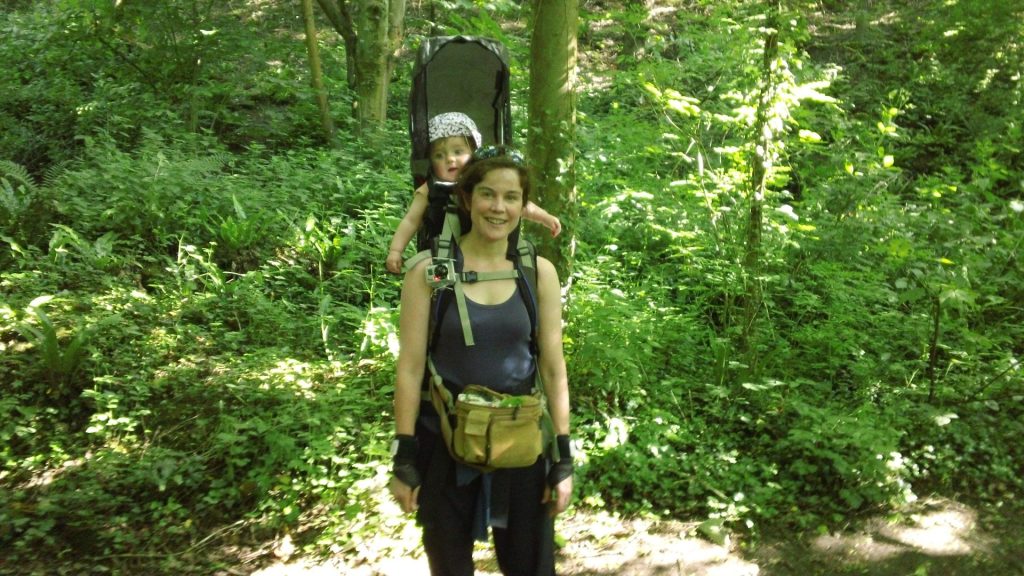
Why did I walk?
For me, the reasons were multiple. I walked partly because I wanted to acknowledge the efforts of my mother in a way that had only become clear to me since I had had a child. It certainly isn’t a requirement that you become a mother to recognise your own mother’s labours, but the duration of care stretching out in front of me had brought my understanding of her experiences into renewed perspective.
I walked partly because a walk can become a self-styled ritual; it can make meaning when meaning feels absent or where there are no other cultural markers for a life change. Christenings or naming ceremonies, after all, are focused on the child. And I walked partly because I was tired of smiling weakly at strangers who happened to have reproduced at the same time as me at Rhyme Time or Tumble Tots, and I thought a walk would be a lot more fun.
So, with my baby carrier stuffed full of spare clothes, nappies, purées and sunscreen, and with a map and a compass that I could sort-of remember how to use (because this was ten years ago and I didn’t know anyone who had walking apps or digital maps on their phones then), I set off from Bristol to Cirencester.
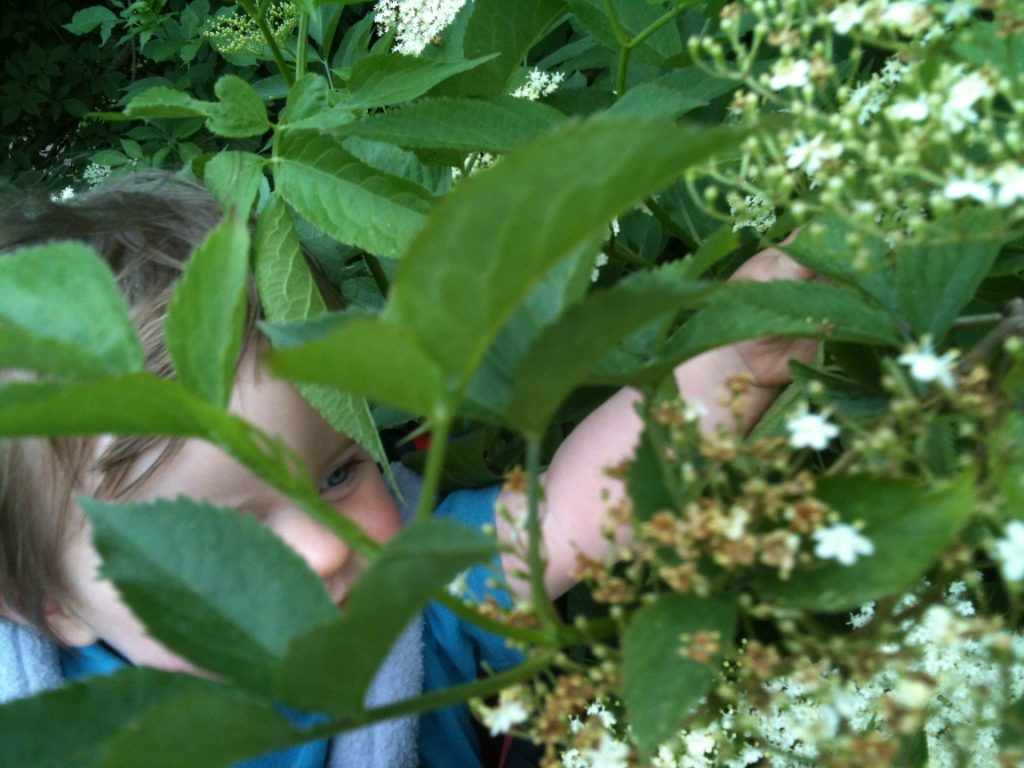

Setting off
Using footpaths, it’s an indirect 50ish miles between my house and my mum’s house, and I’m afraid I didn’t do it all at once. Anyone who’s ever looked after a baby will tell you it’s already pretty heroic to get out of the house sometimes, so I’m also sorry to say we didn’t sleep overnight in a bivouac; I drove to where I left off last time and had to rely on being picked up by family or friends.
We left Bristol via the Frome Valley walkway, which follows the river under graffitied motorway bridges, and out through the long back gardens and farmland of Winterbourne and Iron Acton towards Yate. Already the perspective of walking rather than driving brought the suburban realities of overgrown hedges, discarded tricycles, and innumerable garden trampolines into view. These backstage paths told a very different story to the clipped hedges and shiny driveway statements we see from the road.
Dog walkers, teenagers hanging out under the bridge, construction workers; everyone I passed I asked to take a photo of us, and everyone took longer about it than they needed to, because everyone wanted to have a chat
Dog walkers, teenagers hanging out under the bridge, construction workers; everyone I passed I asked to take a photo of us, and everyone took longer about it than they needed to, because everyone wanted to have a chat. Babies seem to make that happen. At Chipping Sodbury the path joins the Cotswold Way, and later, around Tetbury, we joined the Monarch’s Way. It is quieter – some days I didn’t meet a soul, just sheep, donkeys, deer or llamas. You go past the backs of people’s houses there, too, including the estate of HRH King Charles. No trampolines there, just a ‘beware of the dog’ sign and surveillance cameras hidden in the trees.
Walking with a baby
One of the surprising things about walking with a baby was that I felt much safer than I might have done alone, despite the fact I couldn’t run, or even walk very fast, wearing the baby carrier. Perhaps it was just the feeling of having company, or strength in our apparent vulnerability, or perhaps I’d just had enough of warnings which curtail women’s adventures before they’ve even started. In fact, any dangers came from animals and the terrain itself. I had to run away from some cows once, and another time I fell on uneven ground and badly twisted my ankle. Ironically this was when my daughter was learning to walk, and for a while we both made our way around at home by holding onto furniture. And, perhaps inevitably, since my mum’s map-reading prowess was not passed down to me, there was the time we got lost and had to be rescued in the dark. The generations either side of me were united in their disapproval.
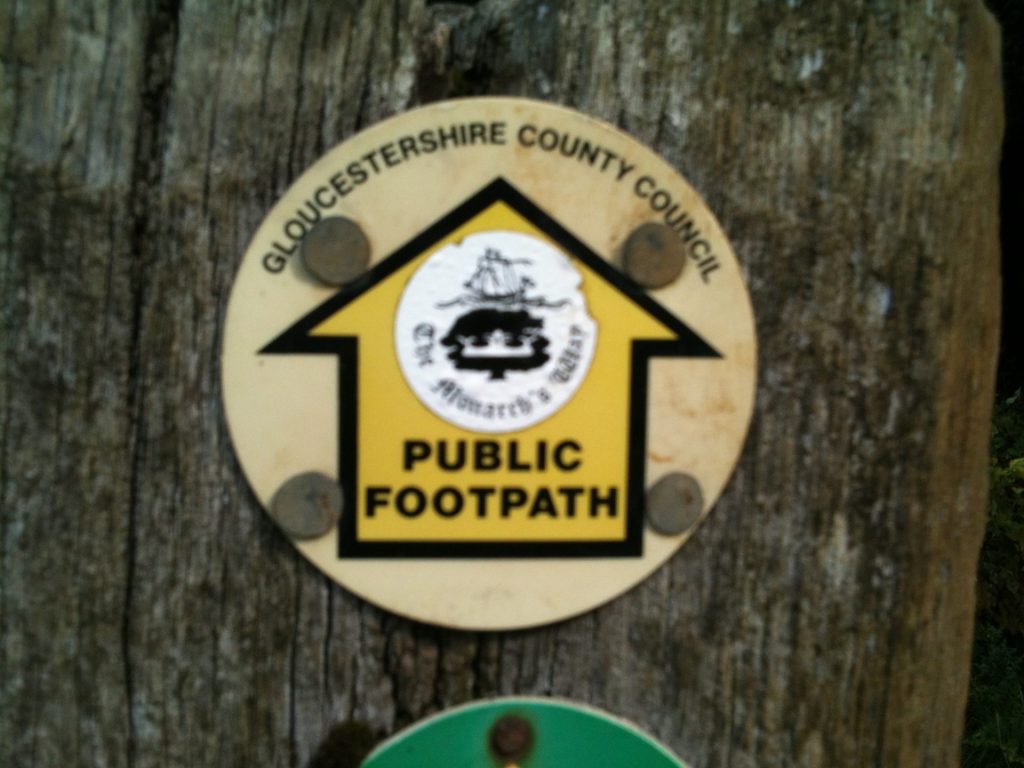
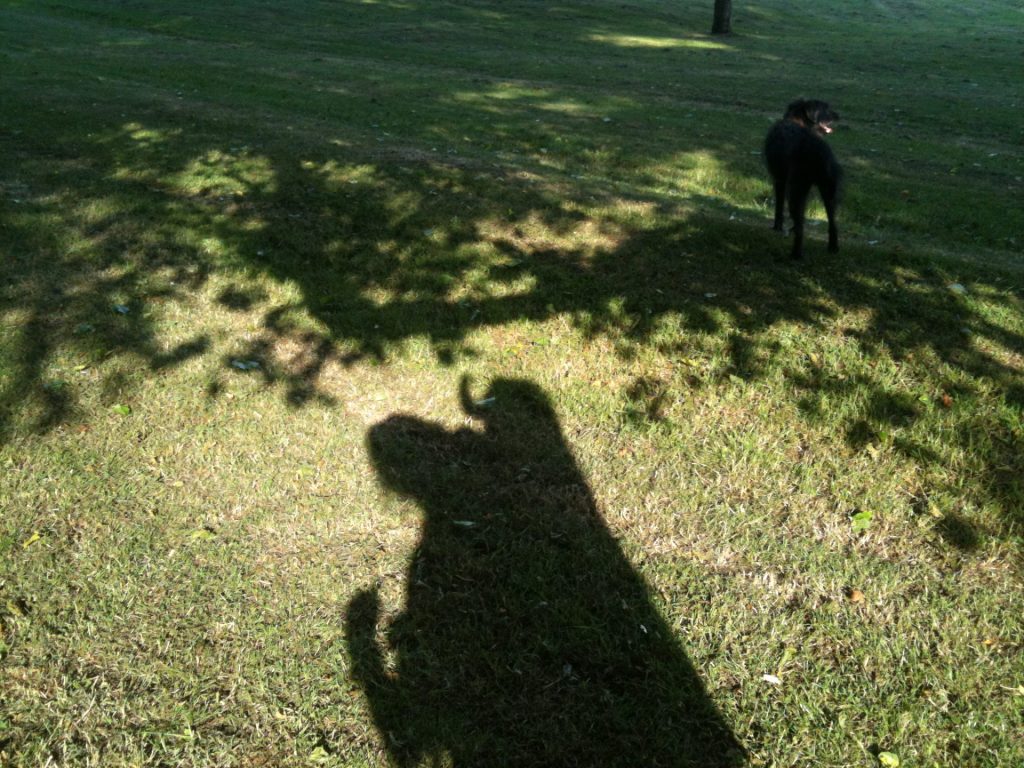
Towards the end of the walk my route took me parallel to the road I’ve driven most regularly for more than half my life. It was fun to see the back of my hand from my feet for a change, and to be in familiar terrain. I’d thought a lot about maps, and guides, and how infuriatingly useless they can be when they don’t show you what you need to know. Parenting manuals are the same; they tell you stuff, but their words convey the experience of having a baby about as well as contour lines help you to understand what it’s like to walk up a hill. Navigating this path towards my own mother had allowed me to reflect on all the ways in which she seemed so competent, for which I was so grateful, but which I was now required to emulate. I didn’t feel I was doing a very good job.
…although the walk was a gesture of appreciation towards my mother, it was also time, space, and enjoyment that I was claiming for myself
Reflections on the journey
Looking back on the walk now I can see that this feeling was stronger than I cared to admit at the time. Having a baby had floored me, and going for a walk was (to use another term that wasn’t yet in my vocabulary) an act of self-care. Although, to my surprise, I was frequently congratulated on “doing something in nature” with my child, and although the walk was a gesture of appreciation towards my mother, it was also time, space, and enjoyment that I was claiming for myself. Yes, we arrived at my mum’s house safely, and, true to form, she was much more interested in the pragmatics of the journey than in my philosophical musings. My daughter now rolls her eyes every time I mention this trip. But still sometimes, as I am driving us towards Granny’s, landmarks from that walk reveal themselves momentarily, and then hide again behind a hill…
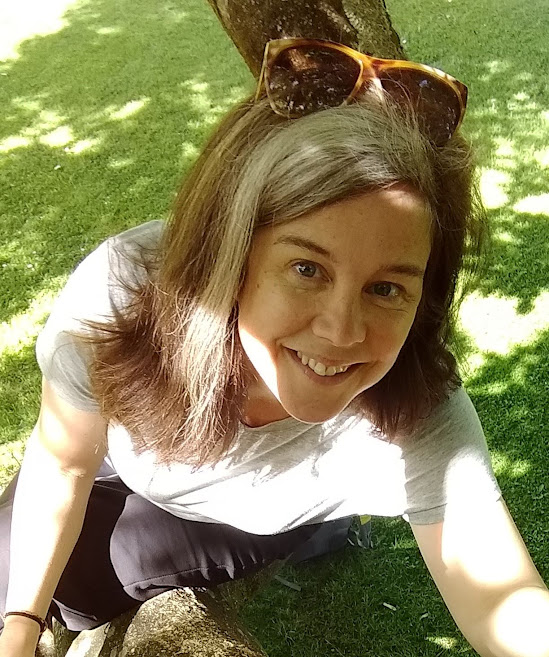
Lizzie Philps
Lizzie Philps is an artist, theatre-maker, academic and mother. Her doctoral research considers walking performance and its potential to re-inscribe maternalised landscapes from within. Performance, exhibition and publication contexts for walking include GPS Embroidery (Acts of Invisible Repair)- part of an AHRC funded commission from the University of Exeter (2021) The Journal of Cultural Geography (2021), LADA’s DIY (2017), the Study Room Guide to the Maternal (2016), Walking Women at Somerset House (2016), and Ways to Wander (2015). www.gps-embroidery.com